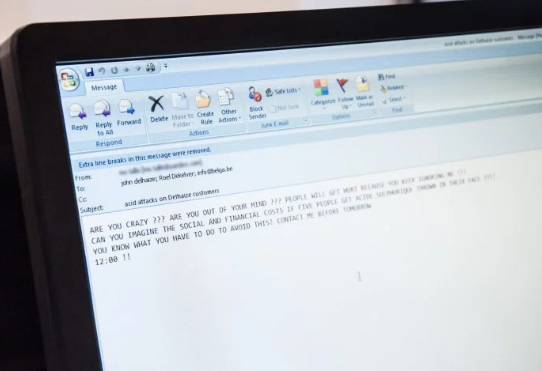 The words we choose to start and finish an email get a lot of attention… Makes sense, right?
The words we choose to start and finish an email get a lot of attention… Makes sense, right?
In some ways, finding the right way to open and close your message can feel a bit like Goldilocks and the Three Bears: Is the greeting you’ve chosen too familiar? Is it too stuffy and formal? Or is it just right?
Your email greeting and opening sets the tone for your entire email – it is your first chance to make a good impression. When it’s too casual, your message can show a lack of respect to your reader and when it's too formal, you might be seen as “out of touch.”
Some Questions to Keep in Mind:
- Who is your audience?
- How well do you know the person?
- Does rank or title matter in this situation?
- What’s the culture of the company/industry or country you’re doing business in?
For example, depending on the company culture, a low-ranking employee in a Fortune 500 firm might think twice about dashing a note off to their CEO … much less beginning their email with “Hey Bob –“.
Conversely, an employee in a small business who works with the company founder on a daily basis would likely get strange looks if he/she suddenly started addressing their boss as “Ms. Smith.”
With these initial questions in mind, let’s look at how you should start and finish your emails.
Greetings
Your greeting sets the tone for the rest of your message. So how do you choose the right greeting?
Here are a few tips:
- You’re always safe with “Dear” or “Hello.” “Hi” is more casual but usually ok.
- Good morning or good afternoon can get outdated when your reader sees your message later or they are in another timezone!
- Use the person’s name, particularly if you aren’t as familiar with the person (ie: an employee in a different department); this also confirms that the message is intended for that person.
- If the person is substantially higher in the hierarchy than you are (ie: CEO vs midlevel manager) and you’ve never met, consider using a title, (ex: Ms Kennedy).
Openings:
You won’t always include an opening sentence – especially if your message is really short – but when you do, consider these points:
- It’s always nice to thank your reader, if appropriate, for something they did or said
- Reinforce the personal connection, if appropriate
- Give your reader an idea – quickly – about where your message is heading
Conclusions
Pay attention to your closings too! These last few words can be used strategically to reinforce your email’s purpose. Here are a couple more points to consider:
(INSERT BULLETS BELOW)
A recent study of 350,000 emails found that if you are writing an email to get someone to take action, provide input, etc., it’s a good idea to include “Thanks in advance” as part of conclusion.
In general, it’s a good idea to include some form of a “thank you” message but try to make it specific such as “thanks again for meeting with me,” or “thank you for careful analysis of the report.”
You can use your conclusion to restate your main point or action item.
Closings
Avoid references to God in a business setting and remember to match the style of your closing to the style of the greeting you chose (formal or casual). Before your signature, consider these closings:
- Best,
- Regards,
- Best regards,
- Kind regards,
- Sincerely (rarely used - only for formal emails),
Openings, greetings, conclusions, and closings are like the bread for your sandwich; choose wisely.
Want to learn more about being a better email communicator? Check out our books (Amazon) and courses.
about any of our products or services.




